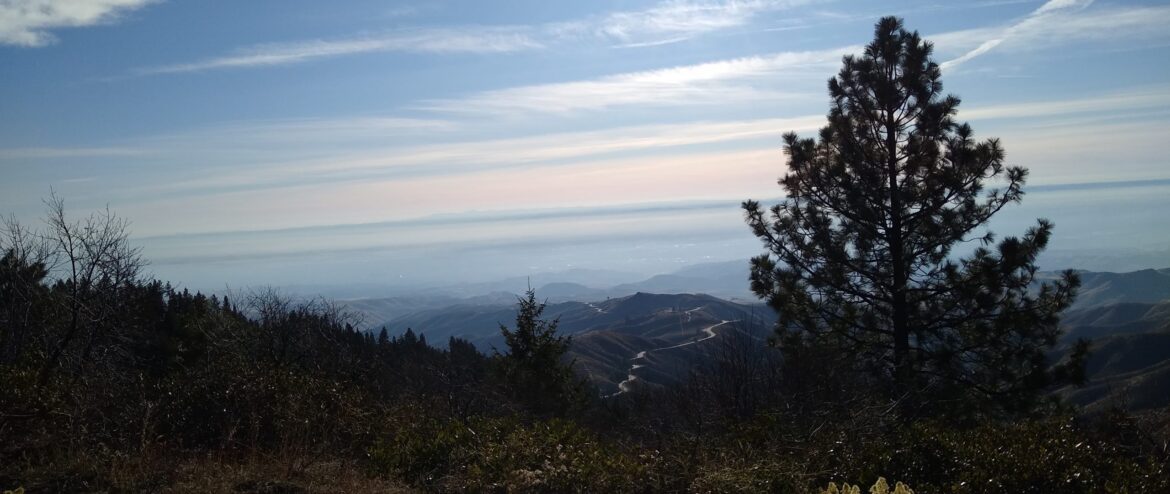HamClubOnline – Migration
We have started moving the majority of our operations over to the HamClubOnline instance supporting Valley Wide REACT, including membership and event management. You will begin to see emails with the [VWREACT] subject prefix as HCO begins to fill in… Read moreHamClubOnline – Migration
